- Our Products
- Upper Extremity
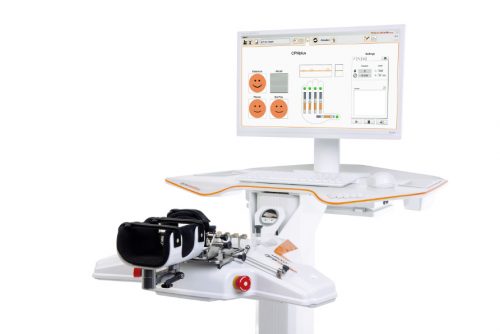 AMADEO The hand therapy world champion
AMADEO The hand therapy world champion
Boredom in finger-hand rehabilitation? Not with AMADEO! Motivation in the course of therapy is just as essential as fingers and hands are for daily life. Regardless of whether it is an adult or child, AMADEO increases therapeutic ambition with sophisticated robotics and a playful approach, and also visualizes the smallest successes in all phases of rehabilitation. Bottom line: AMADEO is simply unique.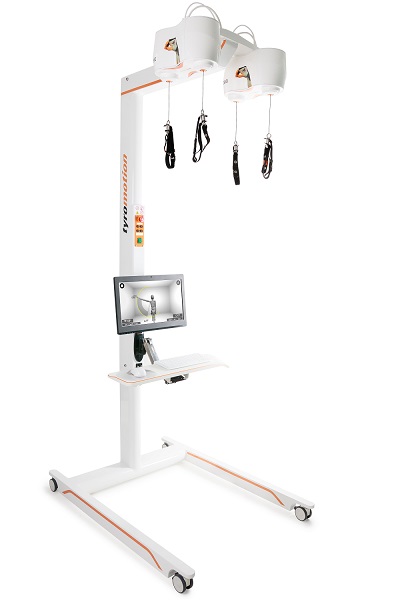 DIEGOBilaterally back to life
DIEGOBilaterally back to life
Finally go fishing again? DIEGO® skilfully assists patients with its unique intelligent weight relief. With its three-dimensional therapeutic area and virtual reality, DIEGO® enables the ideal transfer of what you have learned into everyday life – exactly with the required support. Nothing more and nothing less.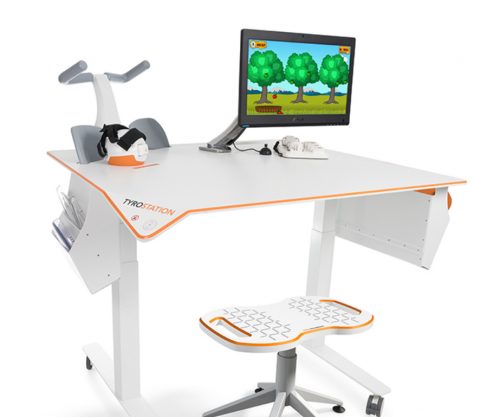 TYROSTATION Endless options, well organized
TYROSTATION Endless options, well organized
Anyone who is as versatile as PABLO® and TYMO® needs structure to really unfold. The Tyrostation is home to all individual components of our two all-rounders and also provides perfect ergonomic adaptability for every patient.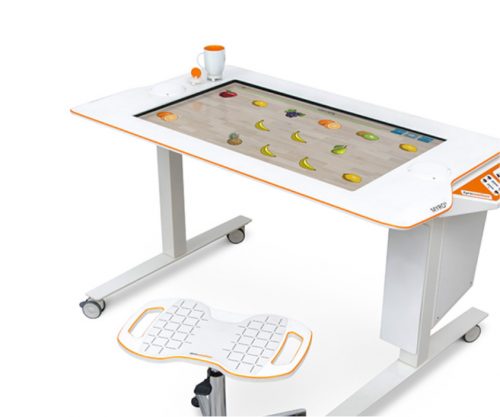 MYRO Full of variety, versatility, innovation and creativity
MYRO Full of variety, versatility, innovation and creativity
Real objects, power control, touch applications and a whole lot of fun: this is what constitutes goal-oriented, intuitive therapy with MYRO. The sensor-based surface is the basis for creative therapy which brings about meaning and self-determination in daily life.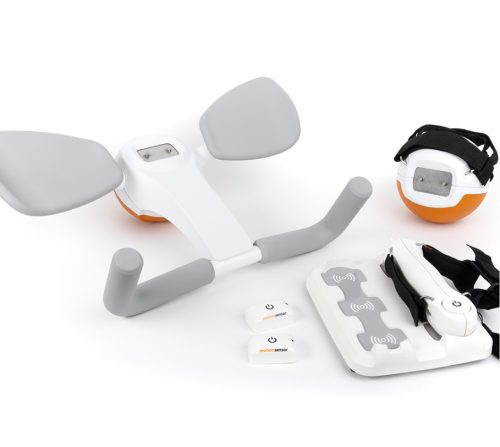 PABLO As versatile as life
PABLO As versatile as life
PABLO® is an all-rounder when it comes to activities of daily living. Position sensors and numerous accessories open up incredibly versatile therapeutic options in a safe environment for patients of all impairment levels.
- Lower Extremity
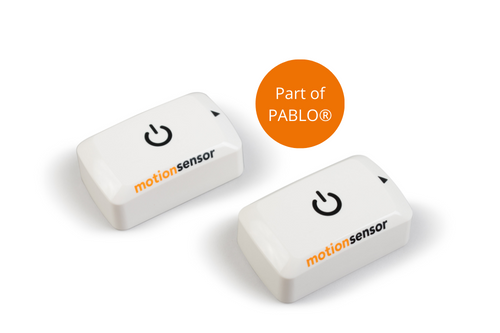 PABLO Lower ExtremityPart of PABLO®
PABLO Lower ExtremityPart of PABLO®
Always know where therapy is going
PABLO® Lower Extremity, our gait analysis and training system, precisely measures the parameters which are required for the selection of the most effective therapeutic measures for gait improvement. Simple and location-independent application as well as size-independent measurement makes the package complete – small device, great effect!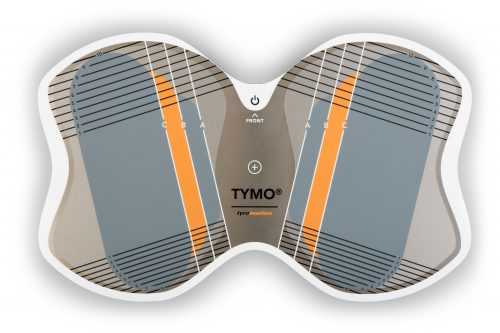 TYMO Balance in perfection
TYMO Balance in perfection
TYMO, a portable posturography system and the world’s thinnest balance platform. Flexible in application, TYMO trains postural control in a sensitive, specific and meaningful manner, and is therefore the basis of all movements. Motivation and fun are included.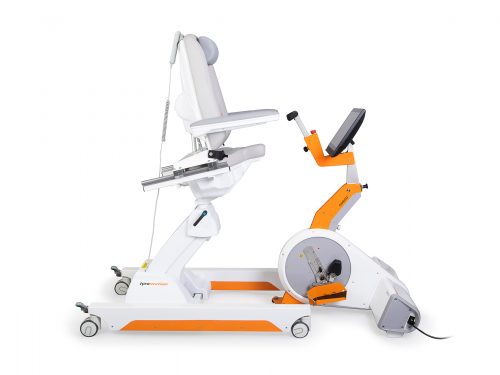 OMEGO Plus Therapy for all phases of gait rehabilitation gone motivational
OMEGO Plus Therapy for all phases of gait rehabilitation gone motivational
Two separate drives mobilize the patient in an effortless, isolated and focussed manner, and therefore make OMEGO® the long-desired stopgap between mobilization and locomotion. What else remains for patient and therapist to do? Train in a motivated manner, have fun and achieve goals.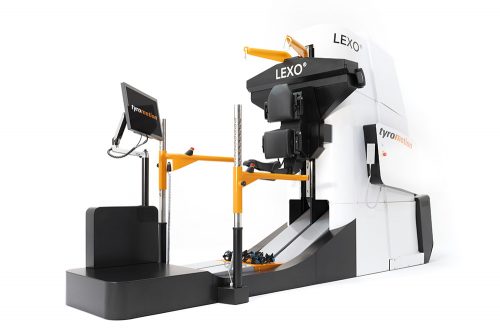 LEXOGait training at its best
LEXOGait training at its best
Maximum number of steps and intensity, low in height, easy handling and fast setup time: Impossible? It works! With LEXO® patients take the first impressive steps back to mobility and enjoy the feeling that things are finally getting better again.
- MTT-Line
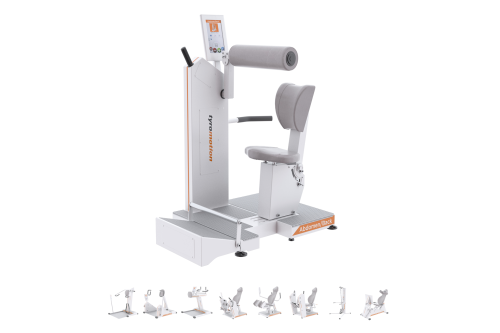 MTT-Line Medical training therapy
MTT-Line Medical training therapy
The barrier-free MTT-LINE specifically strengthens the six major muscle groups of the human body.
- Software
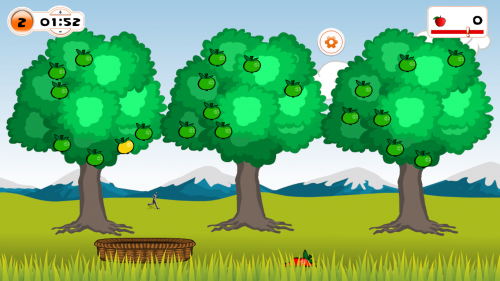 TyroS The heart of our technology
TyroS The heart of our technology
Our TyroS software – developed by and together with therapists – is the heart of our technology that combines devices, know-how and therapeutic games. It is a sophisticated therapeutic system that helps challenge and encourage patients.
- Upper Extremity
Rehabilitation
Neuroplasticity – How learning and rehabilitation work
28. March 2022 ● 4 min. Reading time
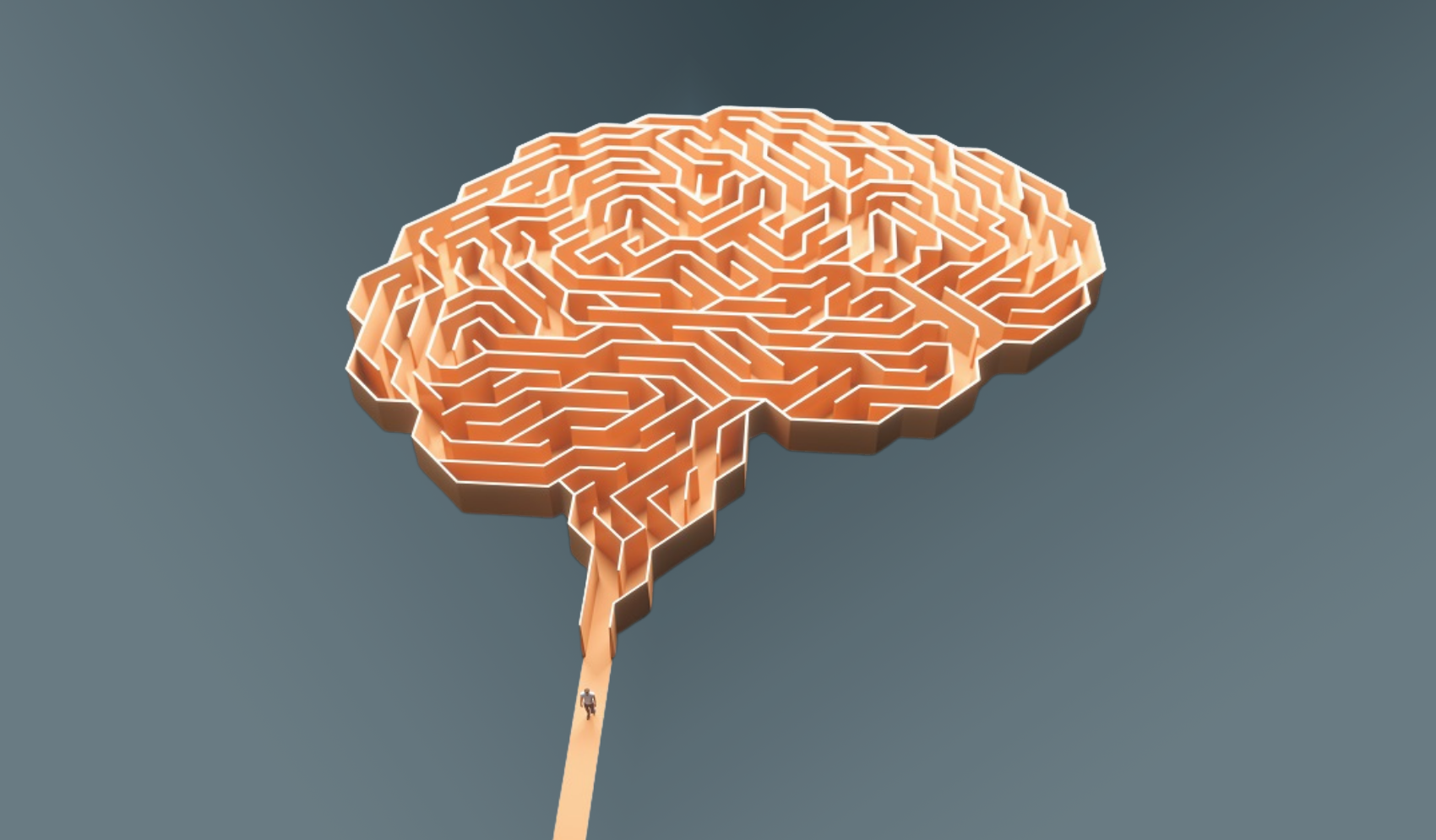
How our brain, spinal cord, and body communicate
The peripheral nervous system extends throughout our bodies like a network. It acts as a “scout” and reports external information to the spinal cord and on to the brain. Simultaneously, it forwards instructions from the brain through the spinal cord to the arms, legs, and other parts of the body. The nervous system and the body are in constant communication, using electrical signals.
The following are examples of how the central and the peripheral nervous systems work together:
- Our skin contains cells that are part of the peripheral nervous system. They send information via the spinal cord to the brain, such as the ambient temperature. When the brain receives the information “it’s hot,” it activates the sweat glands to cool the body down. When it gets the information “it’s cold”, it triggers muscle contractions to heat the body through shivering.
- Our nose is also part of the peripheral nervous system, detecting smells. The brain identifies the smell and reacts accordingly. Based on previous experiences, the smell of fresh cake stimulates our appetite.
Brain plasticity or how we learn
Imagine our brain and spinal cord like a network of roads – some are used all the time, and some are hardly used at all. Motorways form the busiest roads. Routes seldom used fall into disrepair and become narrow paths with a cracked surface.
After a neurological injury, we need to start using the narrow paths more often to turn these into motorways. Slowly but steadily, the human brain and spinal cord start to improve these paths and create new motorways.
In neuroscience, the term “plasticity” refers to the brain’s and spinal cord’s ability to modify its cells’ architecture, structure, and function. The brain and spinal cord are adaptable like plastic. Hence the term “neuroplasticity”.
Do you remember what it was like to drive a car for the very first time? Placing the clutch, selecting a gear, looking over your shoulder to keep an eye on traffic – all of that can be very overwhelming. After gaining experience over time, driving happens virtually automatically. This is neuroplasticity at work!
How the brain and spinal cord change
Neurogenesis – continuous formation of new nerve cells (no matter the age!)
New synapses – new experiences create new nerve cell connections
Enhanced synapses – frequent repetition and practice strengthen nerve cell connections
Weakened synapses – unused connections become weaker or even inactive
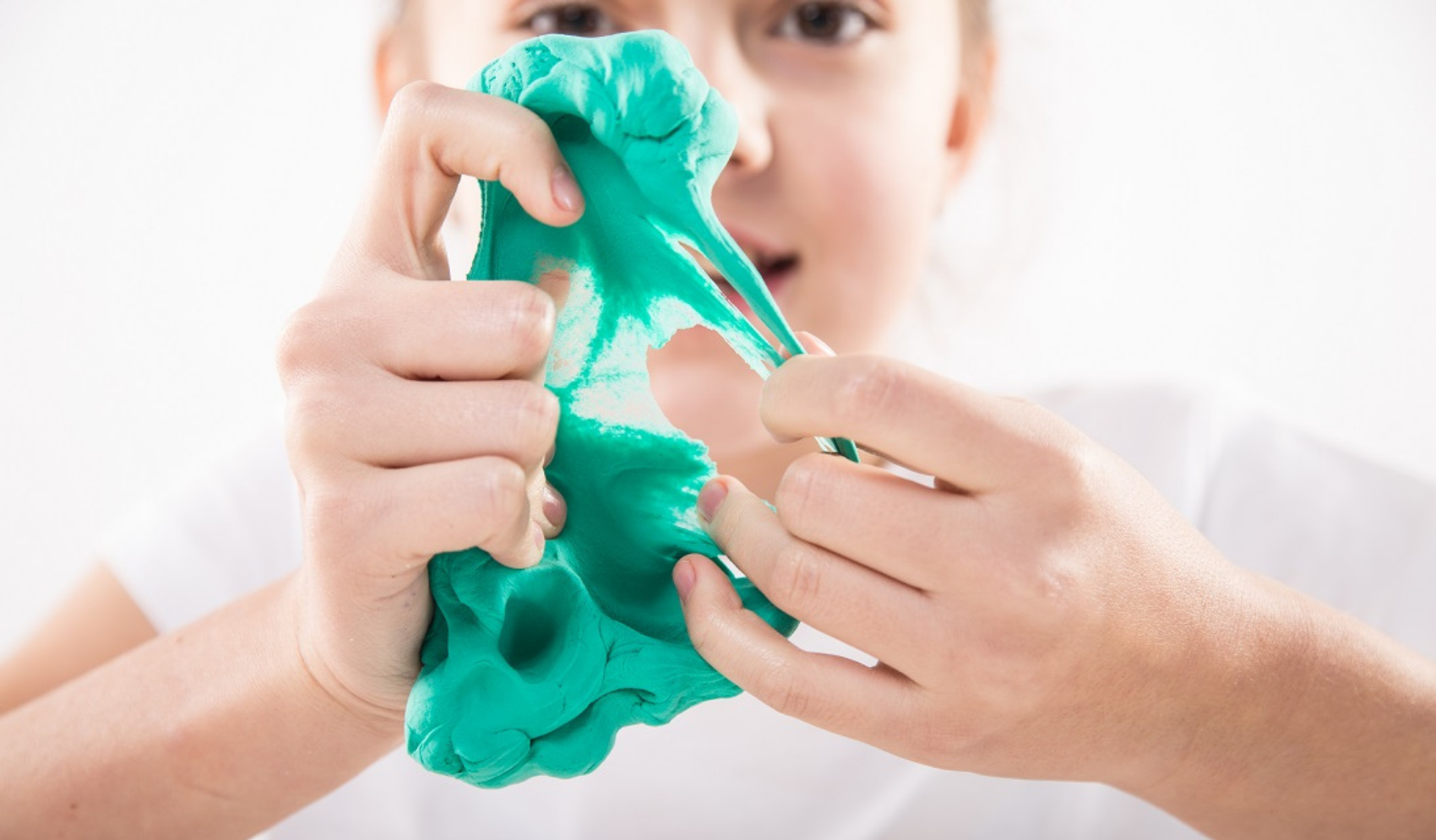
Using the neuroplasticity principle in the rehabilitation process
A stroke, a traumatic brain injury (TBI), or a spinal cord injury (SCI) cause damage to some brain regions or to the spinal cord. To return to the metaphor: the neurological damage causes road closures. Depending on which brain or spinal cord areas are affected, either the roads from the brain to the body (efferent nerve fibres) or from the body to the brain (afferent nerve fibres) become hard to navigate. The results are paralysis, spasticity, and/or perceptual disorders.
Learning and training change the brain and spinal cord. The nervous system looks automatically for new routes if one road is closed. The more frequently we use these new roads, the broader they get, and the more navigable they become.
After a stroke, movement of the fingers may be limited. Targeted training during rehabilitation may stimulate new and/or improved connections to form. Improved neuropathways may make it possible to move the fingers once more.
This phenomenon is well known by musicians. Research has shown that in players of bowed instruments, the areas in the cerebral cortex controlling finger movements are larger than in individuals who have never learned to play an instrument. Practice makes perfect! This training principle applies to rehabilitation as well.
Neurological damage can feel final. But they may not be. Depending on the severity of the injury or disease, the nervous system can change and adapt.
Talk with your physician about the possibility of improved function via neuroplasticity after neurological damage or disease.
Author: Michaela Partel
Sources:
Annunciato, N. (2021). Training: Plastizität des Nervensystems. Vienna: Physiozentrum für Weiterbildung
De Gruyter, W. (2017). Pschyrembel. Klinisches Wörterbuch. 267th edition Berlin / Boston
Nowak, D. (2011). Handfunktionsstörungen in der Neurologie. Würzburg: Springer Verlag
De Marées, H. (2003). Sportphysiologie. Köln: Sportverlag Strauss
Increased Cortical Representation of the Fingers of the Left Hand in String Players, 1995
You might also be interested in
4. April 2023
Health
Rehabilitation
Stroke nutrition guidelines for optimal health
Nutrition as the key part in health and well-being of stroke survivors A healthy, balanced …
21. March 2023
Rehabilitation
Kinesio taping in neurology as a useful therapy supplement
The Kinesio tape and its usefulness in neurological therapy What was originally known only from …
7. March 2023
Rehabilitation
Exercises against freezing of gait in Parkinson’s disease
When the legs freeze – how does the symptom “Freezing of Gait” manifest itself? Parkinson’s …








